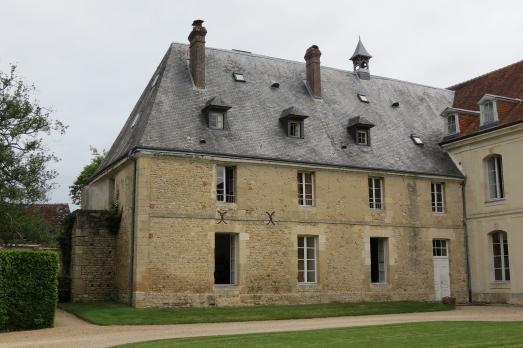
Mègemont Abbey
Chassagne, FR
Former abbey of Mègemont, Cistercian abbey founded by the Counts of Auvergne in the 13th century (1274). Of the church, only the choir and the transept remain, in poor condition (the nave disappeared at the beginning of the 20th century). The monastery buildings retain rooms with vaulted arches and a room with stucco decorations.














